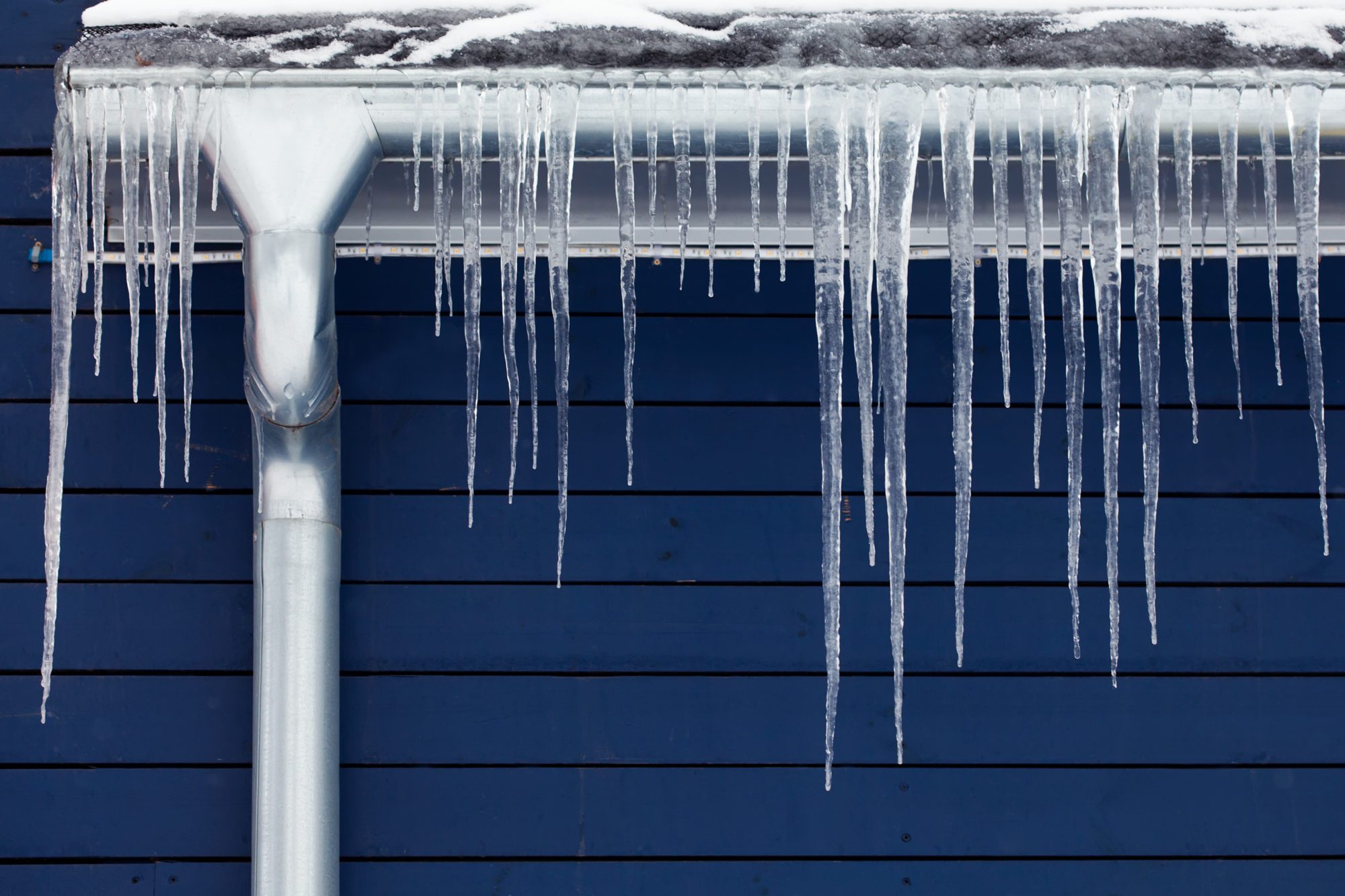Ways to Safeguard Plumbing System from Cold Weather: Critical Tips
Ways to Safeguard Plumbing System from Cold Weather: Critical Tips
Blog Article
We've found this article involving How to Prevent Your Pipes From Freezing below on the net and reckoned it made sense to write about it with you on this site.

Cold weather can wreak havoc on your pipes, especially by freezing pipelines. Below's exactly how to prevent it from taking place and what to do if it does.
Introduction
As temperature levels decrease, the danger of frozen pipes boosts, possibly causing pricey repair work and water damages. Recognizing just how to prevent icy pipelines is critical for house owners in cold environments.
Recognizing Frozen Pipes
What triggers pipelines to ice up?
Pipes freeze when subjected to temperatures below 32 ° F (0 ° C) for extended periods. As water inside the pipelines ices up, it broadens, taxing the pipeline wall surfaces and potentially creating them to rupture.
Risks and problems
Icy pipelines can result in supply of water disruptions, building damages, and pricey repairs. Burst pipes can flooding homes and trigger substantial architectural damage.
Indications of Frozen Piping
Determining frozen pipes early can prevent them from bursting.
Just how to recognize icy pipelines
Look for reduced water flow from taps, unusual smells or sounds from pipes, and visible frost on subjected pipes.
Prevention Tips
Shielding prone pipes
Wrap pipelines in insulation sleeves or use warmth tape to safeguard them from freezing temperatures. Concentrate on pipelines in unheated or external locations of the home.
Home heating strategies
Keep indoor spaces effectively heated, especially locations with plumbing. Open cabinet doors to permit warm air to circulate around pipelines under sinks.
Protecting Outside Plumbing
Yard tubes and exterior faucets
Separate and drain pipes garden hoses before winter season. Install frost-proof spigots or cover outside taps with protected caps.
What to Do If Your Pipes Freeze
Immediate activities to take
If you think icy pipes, maintain taps open up to eliminate pressure as the ice melts. Make use of a hairdryer or towels soaked in warm water to thaw pipelines gradually.
Long-Term Solutions
Structural adjustments
Consider rerouting pipes far from outside wall surfaces or unheated areas. Include additional insulation to attic rooms, cellars, and crawl spaces.
Upgrading insulation
Invest in top notch insulation for pipelines, attics, and wall surfaces. Correct insulation helps preserve constant temperatures and reduces the risk of icy pipes.
Final thought
Preventing frozen pipelines requires proactive actions and quick responses. By understanding the reasons, indications, and preventive measures, property owners can protect their pipes throughout cold weather.
5 Ways to Prevent Frozen Pipes
Drain Outdoor Faucets and Disconnect Hoses
First, close the shut-off valve that controls the flow of water in the pipe to your outdoor faucet. Then, head outside to disconnect and drain your hose and open the outdoor faucet to allow the water to completely drain out of the line. Turn off the faucet when done. Finally, head back to the shut-off valve and drain the remaining water inside the pipe into a bucket or container. Additionally, if you have a home irrigation system, you should consider hiring an expert to clear the system of water each year.
Insulate Pipes
One of the best and most cost-effective methods for preventing frozen water pipes is to wrap your pipes with insulation. This is especially important for areas in your home that aren’t exposed to heat, such as an attic. We suggest using foam sleeves, which can typically be found at your local hardware store.
Keep Heat Running at 65
Your pipes are located inside your walls, and the temperature there is much colder than the rest of the house. To prevent your pipes from freezing, The Insurance Information Institute suggests that you keep your home heated to at least 65 degrees, even when traveling. You may want to invest in smart devices that can keep an eye on the temperature in your home while you’re away.
Leave Water Dripping
Moving water — even a small trickle — can prevent ice from forming inside your pipes. When freezing temps are imminent, start a drip of water from all faucets that serve exposed pipes. Leaving a few faucets running will also help relieve pressure inside the pipes and help prevent a rupture if the water inside freezes.
Open Cupboard Doors
Warm your kitchen and bathroom pipes by opening cupboards and vanities. You should also leave your interior doors ajar to help warm air circulate evenly throughout your home.

I found that content about Helpful Tips to Prevent Frozen Pipes this Winter while surfing the internet. Do you know about another individual who is in the market for the topic? Feel free to share it. Thanks a bunch for being here. Kindly pay a visit to our site back soon.
Call Today Report this page